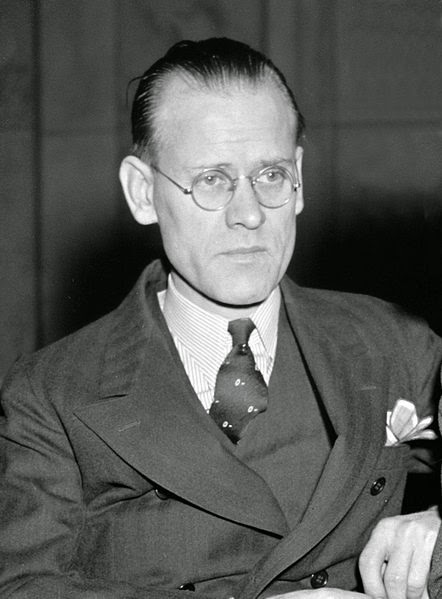
Philo Taylor Farnsworth (1906 – 1971)
On August 19, 1906, American inventor and television pioneer Philo Taylor Farnsworth was born. As a pioneer in the development of electronic television, he counts responsible for taking all of the moving parts out of television inventions.
Philo Taylor Farnsworth Background
Philo Taylor Farnsworth was born in Indian Creek near Beaver, Utah as the eldest of five children into a Mormon family. He moved to Idaho with his family, when he was about 12 years old. He was taught the legends of Edison and Bell by his father and quickly decided to become an inventor himself. The young boy convinced his chemistry teacher to teach him extra lessons and to let him attend more advanced courses. It has been delivered that the still 12-year old Farnsworth, bored of his household duties, created an electric motor which he connected with the mechanical washing machine. It is assumed that he developed his interest in electronic television at the age of only 14. He told his teacher Justin Tolman, how television should really work and sketched all of his ideas on the blackboard. Several years later, Farnsworth’s lawyer tried to track the teacher down to testify about what the young boy drew. After only two years of high school, he was allowed to attend Brigham Young University. Unfortunately, his father passed away shortly after and Farnsworth had to take care of his family from then on [1,2,3].
Television and Camera Technology
Farnsworth got to know Cliff Gardener, and together they opened a radio repair business in Salt Lake City, which failed. However, the young inventor became acquainted with Leslie Gorrell and George Everson, a pair of San Francisco philanthropists who were then conducting a Salt Lake City Community Chest fundraising campaign. They agreed to back Farnsworth’s early television research with an initial $6,000. He set up a laboratory in Los Angeles, where he performed his experiments [2]. He managed to build his first electronic camera, but for some reason it exploded during early testings. Farnsworth had to find new investors and managed to ‘broadcast’ the first pictures in 1927 [1]. On September 7, 1927, Farnsworth’s image dissector camera tube transmitted a simple straight line, to a receiver in another room of his laboratory at 202 Green Street in San Francisco.
Patent Controversies
Unfortunately, Vladimir Zworykin [6] had already patented electronic television in 1923, but which he had never been able to make work or satisfactorily demonstrate. However, this caused both, Farnsworth and the Radio Corporation of America, which Zworykin worked for, lots of troubles. The company increased its interest in the television market and bought Zworykin’s patents and a long law fight evolved between the parties. Even though Farnsworth is considered the winner of these battles, World War II was about to start right after and the demand for television devices decreased. After the war, he lost his patents since they were only valid for seven years. Still, the RCA promoted Vladimir Zworykin as the inventor of electronic television for many years [1].
In 1932, while in England to raise money for his legal battles with RCA, Farnsworth met with John Logie Baird,[5] a Scottish inventor who had given the world’s first public demonstration of a working television system in London in 1926, using an electro-mechanical imaging system, and who was seeking to develop electronic television receivers. Baird demonstrated his mechanical system for Farnsworth. Despite the fact, that Farnsworth was the man responsible for its technology, he appeared only once on a television program. On July 3, 1957, he was a mystery guest on the CBS quiz show I’ve Got A Secret. After the panel unsuccessfully tried to guess his secret “I invented electronic television“, he discussed his research projects for a while with the host and he said:
“There had been attempts to devise a television system using mechanical disks and rotating mirrors and vibrating mirrors, all mechanical. My contribution was to take out the moving parts and make the thing entirely electronic, and that was the concept that I had when I was just a freshman in high school in the Spring of 1921 at age 14“.
The First All-Electronic Television System
Many inventors had built electromechanical television systems before Farnsworth’s seminal contribution, but Farnsworth designed and built the world’s first working all-electronic television system, employing electronic scanning in both the pickup and display devices. He first demonstrated his system to the press on September 3, 1928, and to the public at the Franklin Institute in Philadelphia on August 25, 1934.
Nuclear Fusion Research
From 1949 Farnsworth gave up all projects related to television and devoted himself to nuclear fusion research. His fusor differed considerably from the usual systems in which magnetically trapped plasma was slowly heated. Farnsworth developed a kind of ion cannon that worked less complicated and could actually trigger nuclear fusion, albeit with very little yield. When the fusor was introduced to the professional world in the late 1960s, it was the first device that clearly demonstrated a controlled fusion process. At that time, nuclear fusion was hoped to provide a quick and definitive solution to all energy problems, but so far all attempts of this kind have failed due to its practical implementation. However, the fusor was repeatedly built up in modified form by various institutions in order to investigate its usability as a neutron source.
In the ongoing patent dispute, Farnsworth was not allowed to build and sell televisions. Farnsworth couldn’t handle the situation and had begun abusing alcohol in his later years. As a consequence he became seriously ill with pneumonia, and died on March 11, 1971
I’ve Got A Secret – Philo Farnsworth, Buster Keaton 1957, [8]
References and Further Reading:
- [1] [In German] Das Fernsehen brachte seinem Erfinder kein Glück
- [2] The Strange Story of TV’s Troubled Origins
- [3] The Philo T Farnsworth Archives
- [4] New Television System uses ‘Magnetic Lense’ in Popular Mechanics, 1934
- [5] John Logie Baird and the Invention of Television, SciHi Blog
- [6] Vladimir Zworykin’s Television System, SciHi Blog
- [7] Philo Taylor Farnsworth at Wikidata
- [8] I’ve Got A Secret – Philo Farnsworth, Buster Keaton 1957, TheHistoryofTV @ youtube
- [9] “The Philo T. and Elma G. Farnsworth Papers (1924–1992)”. University of Utah Marriott Library Special Collections.
- [10] “Philo T. Farnsworth dies at 64, known as father of television”. Deseret News. Salt Lake City, Utah. (obituary). March 12, 1971
- [11] Everson, George (1949). The Story of Television: The Life of Philo T. Farnsworth. New York City: W. W. Norton & Co.
- [12] Lovece, Frank (August 1985). “Zworykin vs. Farnsworth, Part I: The Strange Story of TV’s Troubled Origins”. Video.
- [13] Barnouw, Erik (1990). Tube of Plenty: The Evolution of American Television. New York: Oxford University Press.
- [14] Timeline of American Inventors via Wikidata and DBpedia

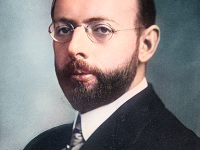
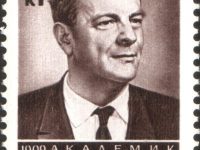
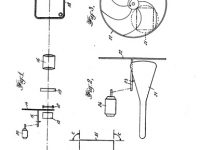
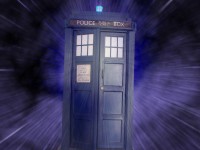

My grandfather invented the television system. Thomas l Gottier. He gave his patent toRCA.